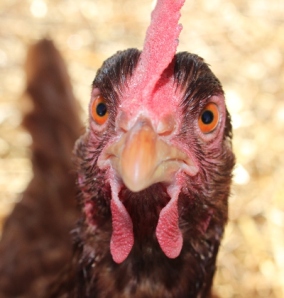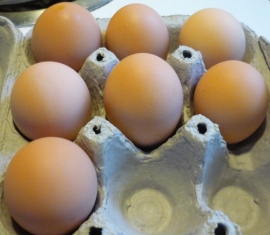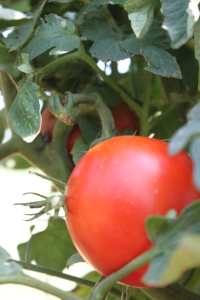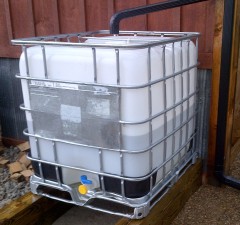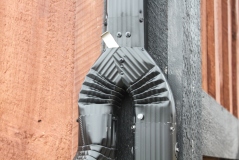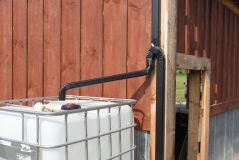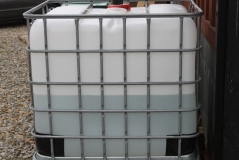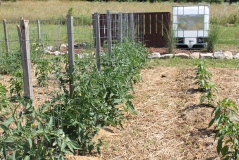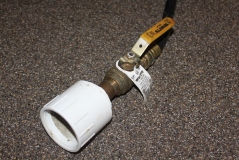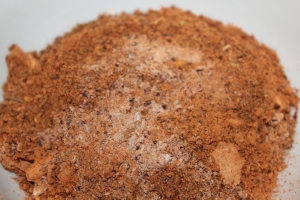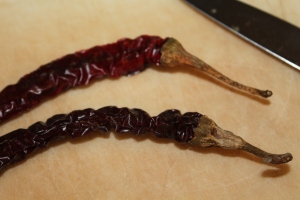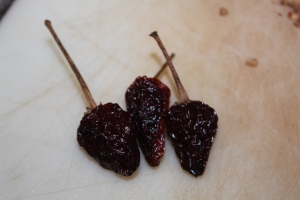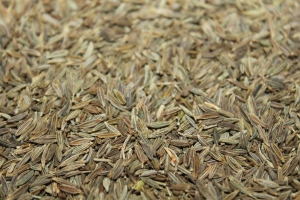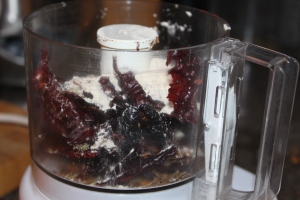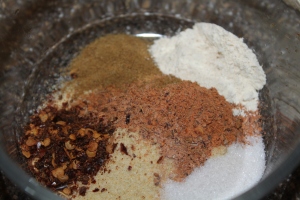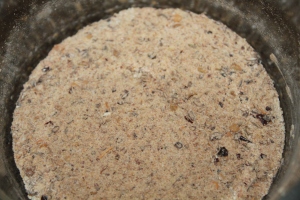8 Great Reasons You Should Raise Chickens In Your Backyard
“I have always wanted to raise chickens!” – It’s a statement we hear at least once a week, and is usually followed quickly by: “is it difficult?”.
The truth of the matter is – chickens are one of the easiest “farm” animals to raise, and only need the basics to thrive : water, food, modest shelter and a little space to roam and scratch. And don’t think you have to live on a farm to do it – chickens can thrive just as well on a small suburban or city lot as they do on a farm.
So if you are one of those that have been considering raising a few backyard chickens of your own and need just a little more encouragement – here are 8 great reasons to raise a few of your own. But be fair warned – do it once and you will he hooked!
1. The Obvious…Fresh Eggs! On average – our chickens (we have Golden Comets) lay an egg six of the seven days each week. And yes – they are so much better than store bought! They are larger, thicker shelled, and oh-so much tastier than store bought eggs.
2. Great Compost Material: The chicken manure and straw that we clean from their coop is a main ingredient in our compost. The high nitrogen level of their manure helps to heat up our piles quickly and provide tons of nutrients to our plants in the garden and landscape.
3. Organic Fertilizer: In addition to what goes in your compost pile – you can make an amazing liquid fertilizer simply by steeping some of that chicken manure or fresh compost in water. It’s organic, works wonders, and is the best all-natural miracle grow solution you will ever use. (See: Making Compost Tea)
4. Bug And Pest Control: Chickens can devour countless insects such as aphids, ticks, cabbage worms and slugs – and can help keep damaging insect populations to a minimum. They also devour many of the larvae of insects that are laid in the top layesr of the soil – keeping year to year populations in check!
5. Companionship: Chickens really do bring their own friendly and fun attitude to the landscape. As crazy as it sounds – they do develop their own personalities, and quite honestly – our little farm wouldn’t be the same without them!
6. Ease of Ownership: Chickens are extremely easy to care for! We spend on average 5 minutes a day to fill up the feeder – re-supply the water, and collect the day’s eggs. In addition – about once a month – we will take and extra 15 minutes to clean out the straw in the coop and add to the compost bin – that’s it!
7. You Don’t Need A Rooster: Contrary to popular myth – you do not have to have a rooster to have eggs. Which also means you and your neighbors don’t have to be woken up at the crack of dawn by loud noises  . Not that raising a rooster isn’t fun in its own right – but for those that live in the city and worry about noise – you can have a flock of happy hens without worry!
. Not that raising a rooster isn’t fun in its own right – but for those that live in the city and worry about noise – you can have a flock of happy hens without worry!
8. Weed Control: Chickens are an incredible natural weed suppressor. As they scratch and claw about – they are also taking in and eating thousands of weed seeds that have blown into the soil. Gobbling them up keeps the following year’s weeds in check – and the garden nice and tidy.
So there you have it! 8 great reasons to keep a few chickens of your own in your backyard! Beyond those great tasting eggs – you will be amazed at how much fun it can be!
